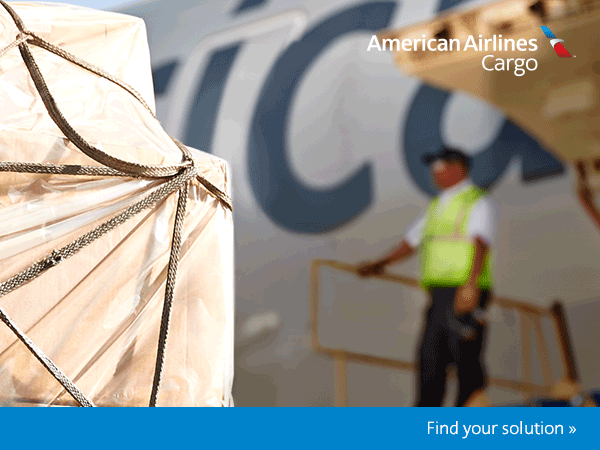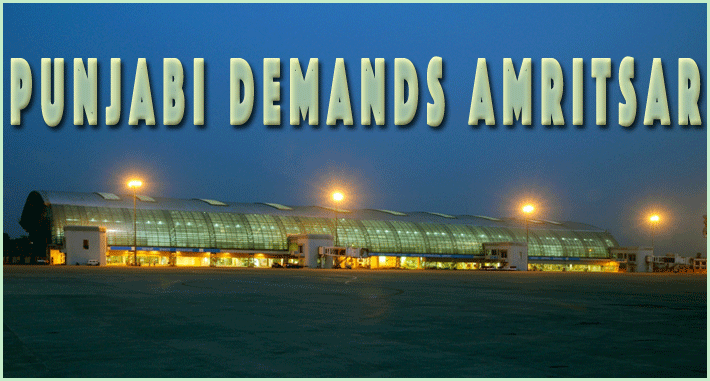 |
 |
 #INTHEAIREVERYWHERE |
| Vol. 14 No. 79 | Monday
October 5, 2015 |
The
contraction of China’s imports and exports this past
summer has some industry observers wondering if it could
be a sign of things to come for the air freight community. |
 |
 Jim Butler Click To Read |
 Jan Krems Click To Read |
 Dan Muscatello Click To Read |
 Bill Boesch Click To Read |
 Oliver Evans Click To Read |
 Peter Gerber Click To Read |
 Joachim Frigger Click To Read |
|
It
may not be the biggest conference on the global agenda,
but last week in Basel the “Pharmaceuticals in the
Cool Chain” Conference from the Cool Chain Association
included some thoughtful discussion. Winds of Change Mr.
Andreas Gmuer of Camelot Management Consultants AG spoke
of trends in the Pharmaceutical business. Door 2 Door Mr.
Bernhard C. Bärtschi, head of Sales at Sky Cell, a
provider of temperature-controlled container solutions,
tackled the subject of “How to Establish a ‘Door-2-Door’
Solution by Air from Basel to Emerging Markets.” |
|
|
On
October 25 the Lufthansa Cargo and ANA Cargo joint venture
starts with daily direct flights from BRU to TYO, beginning
with an All Nippon Airways (ANA) Boeing 787-8 Dreamliner.
|
 |
|
The
Punjabi diaspora numbering around 10 million—with
the highest numbers in Britain, North America, Southeast
Asia and the Middle East—have been demanding direct
air links with Amritsar, the only city with an international
airport in the state of Punjab. Demand Utilization The Amritsar Vikas Manch (literally the organization for Amritsar’s development) has pointed out that the Guru Ramdas Airport Amritsar, as the international airport is known, was not being utilized to its fullest extent. Some time ago Dr. Charanjit Singh Gumtala from the Manch shot off a letter to Prime Minister Narendra Modi to put pressure on the federal government to ensure that the international airport gets business. Seek
Hub Status The
Manch requested the Prime Minister make Amritsar into a
hub like Delhi so that direct flights to London, Birmingham,
Toronto, Vancouver, and New York could be introduced. The Back & Forth The
AVM also wrote a letter to Air India to find out if direct
flights could be restored. The reply from Air India said:
Road To Profits? According
to Dr. Gumtala, “Both the flights could be profitable
if they were rerouted and made direct flights and instead
of using two aircrafts, one would suffice since it would
take an hour less to fly to London from Amritsar. |
If
You Missed Any Of The Previous 3 Issues Of FlyingTypers |
Publisher-Geoffrey
Arend • Managing Editor-Flossie Arend • Film Editor-Ralph Arend • Special Assignments-Sabiha Arend, Emily Arend • Advertising Sales-Judy Miller |
|










